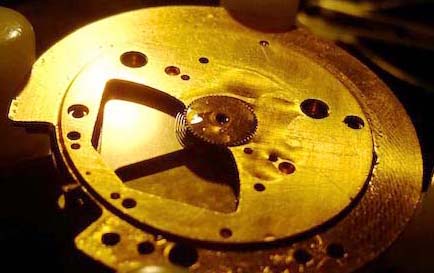

Methanol, marketed as Eclipse Fluid, is spectroscopic grade material with no significant residue on evaporation. Methanol and ethanol and isopropanol are available as relatively pure substances, though not necessarily with low solids content. What's one more contaminant? Naptha, or mineral spirits (safer) would be a good choice for removing oil from isolated metal components, like the focusing threads, diaphram or shutter mechanisms. This does not matter when you are lighting cigarettes, I suppose. Any solvent, unless specially purified, tends to leave a residue on evaporation which you would have to remove by some other means. Naphtha (e.g., lighter fluid) is an unspecified mixture of hydrocarbons, described by its boiling point range (q.v., kerosene, gasoline, fuel oil, etc). There are many small lenses and they come out in small pieces not 2 large groupsīob Atkins is spot on. Now i have 2 more lenses requiring the same thing.īTW be careful my f/1.4 lens is a different construction, used at electronics planmts.Ģ years later I repeated the same thing. It was the common Miller-Stevenson brand inb a white can and green lettering. The Freon TF is safer solvent and that is what i eventuallu used with no harm to the lens body or diaphragm ( no glass) back then the use of plastics was less common. In the olden days, we had all kinds of solvents at work.Īcetone will destroy common parts as it is a very strong solvent.Ĭarbot tetrachloride ( carbona) is a health hazard but may be safer on some plastics. I think naptha/ lighter fluid or a similar solvent would work better. but after a few monutes it got sticky again.

This was not too effective, it freed up the diaphragm. I swished it in 120 proof grain alcohol - ethanol. The design was such that the front and rear lens groups could be set aside and only metal parts remained. When I bought a Miranda f/1.8 lens on the bay it had a


 0 kommentar(er)
0 kommentar(er)
